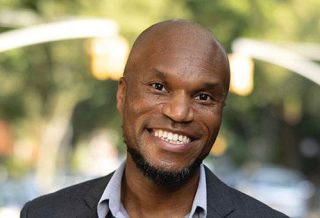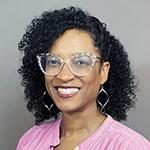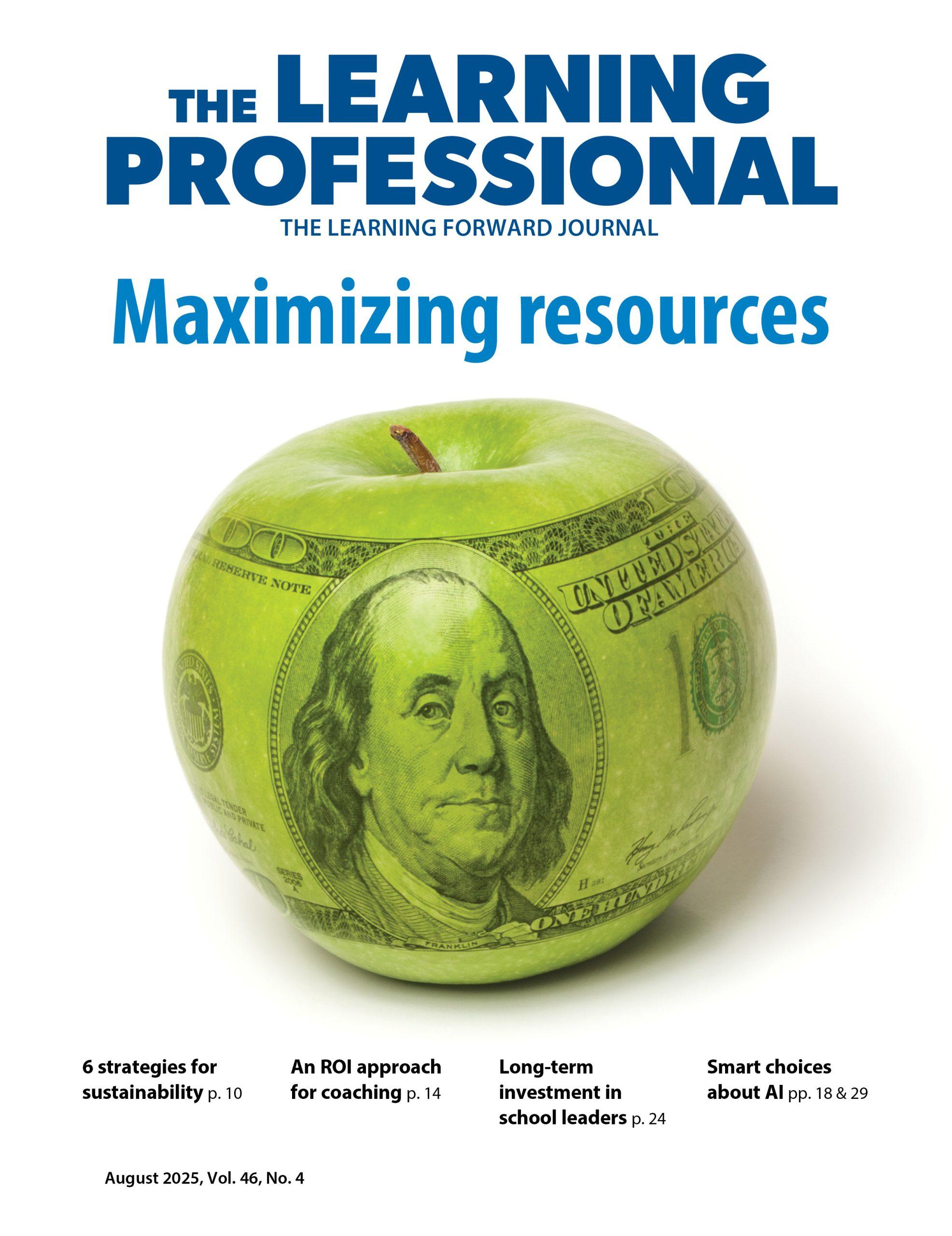FOCUS
Make the most of the momentum
Let's prepare educators to harness personalized learning's potential
By Rebecca E. Wolfe and Lillian Pace
Categories: College- and career-ready standards, Personalization, Reaching all studentsAugust 2019
Vol. 40 No. 4
Read the remaining content with membership access. Join or log in below to continue.
Sed ut perspiciatis unde omnis iste natus error sit voluptatem accusantium doloremque laudantium, totam rem aperiam, eaque ipsa quae ab illo inventore veritatis et quasi architecto beatae vitae dicta sunt explicabo. Nemo enim ipsam voluptatem quia voluptas sit aspernatur aut odit aut fugit, sed quia consequuntur magni dolores eos qui ratione voluptatem sequi nesciunt. Neque porro quisquam est, qui dolorem ipsum quia dolor sit amet, consectetur, adipisci velit, sed quia non numquam eius modi tempora incidunt ut labore et dolore magnam aliquam quaerat voluptatem.
References
Ambrose, C. (2019). Personalized learning isn’t about technology. It’s about giving every student an opportunity to learn. Available at knowledgeworks.org/resources/personalized-learning-technology-students.
Cervone, B. & Cushman, K. (2012). Teachers at work: Six exemplars of everyday practice. Boston, MA: Jobs for the Future.
Council of Chief State School Officers. (2011, April). InTASC Model Core Teaching Standards. Washington, DC: Author.
ExcelinEd & Foresight Law+Policy. (2019). State progress toward next generation learning: A national landscape. Tallahassee, FL: ExcelinEd.
Jenkins, S., Williams, M., Moyer, J., George, M., & Foster, E. (2016). The shifting paradigm of power: Personalized learning according to teachers. Available at knowledgeworks.org/wp-content/uploads/2018/01/teacher-conditions.pdf.
Jobs for the Future & Council for Chief State School Officers. (2015, August). Educator competencies for personalized, learner-centered teaching. Available at studentsatthecenterhub.org/wp-content/uploads/2015/12/EducatorCompetencies_081015.pdf.
KnowledgeWorks. (2018). ESSA personalized learning dashboard. Available at knowledgeworks.org/resources/essa-personalized-learning-dashboard.
KnowledgeWorks. (2006). 2006-16 map of future forces affecting education. Available at knowledgeworks.org/resources/map-future-forces.
Levitzky, D., Merin, M., Murphy E., & Klemm, K. (2017). Mapping mastery: Building educator capacity for personalized learning. Available at www1.headwaycloud.com/clients/91/uploaded_files/mappingmastery_naate.pdf.
Prince, K., Swanson J., King, K., & Saveri, A. (2018). Forecast 5.0 – The future of learning: Navigating the future of learning. Available at knowledgeworks.org/resources/forecast-5.
Categories: College- and career-ready standards, Personalization, Reaching all students
Recent Issues
MEASURING LEARNING
June 2025
To know if your professional learning is successful, measure educators’...
NAVIGATING NEW ROLES
April 2025
Whether you’re new to your role or supporting others who are new,...
LEARNING DESIGNS
February 2025
How we learn influences what we learn. This issue shares essential...
BUILDING BRIDGES
December 2024
Students benefit when educators bridge the continuum of professional...











